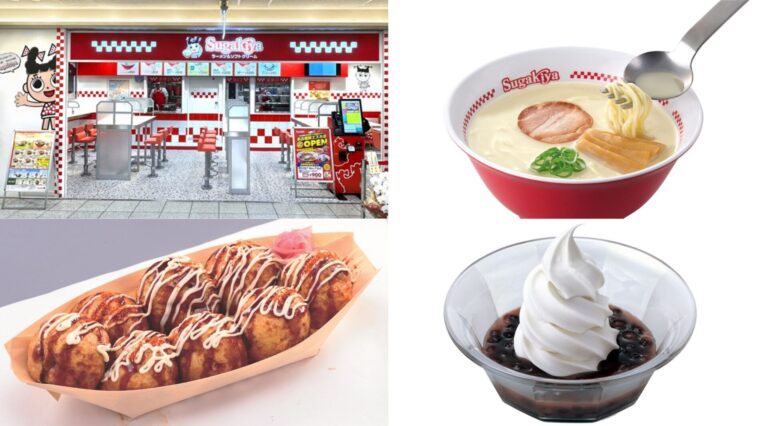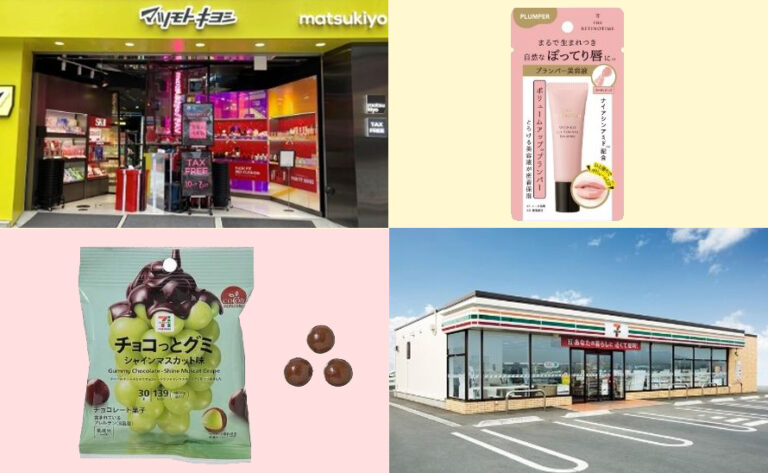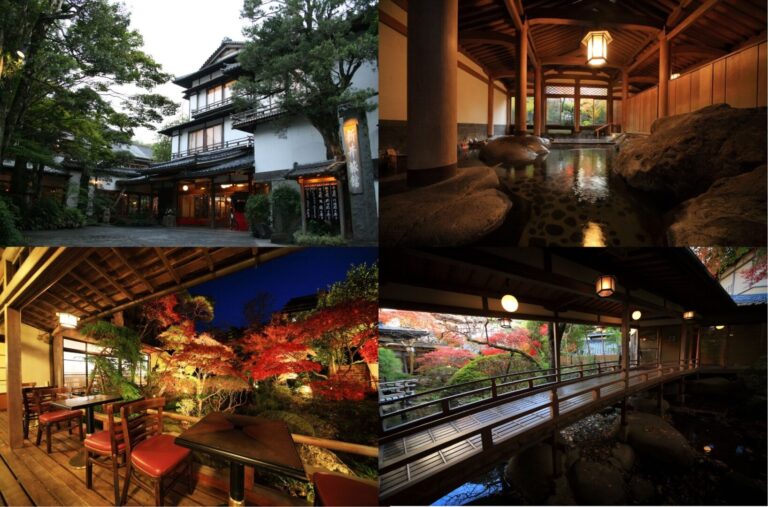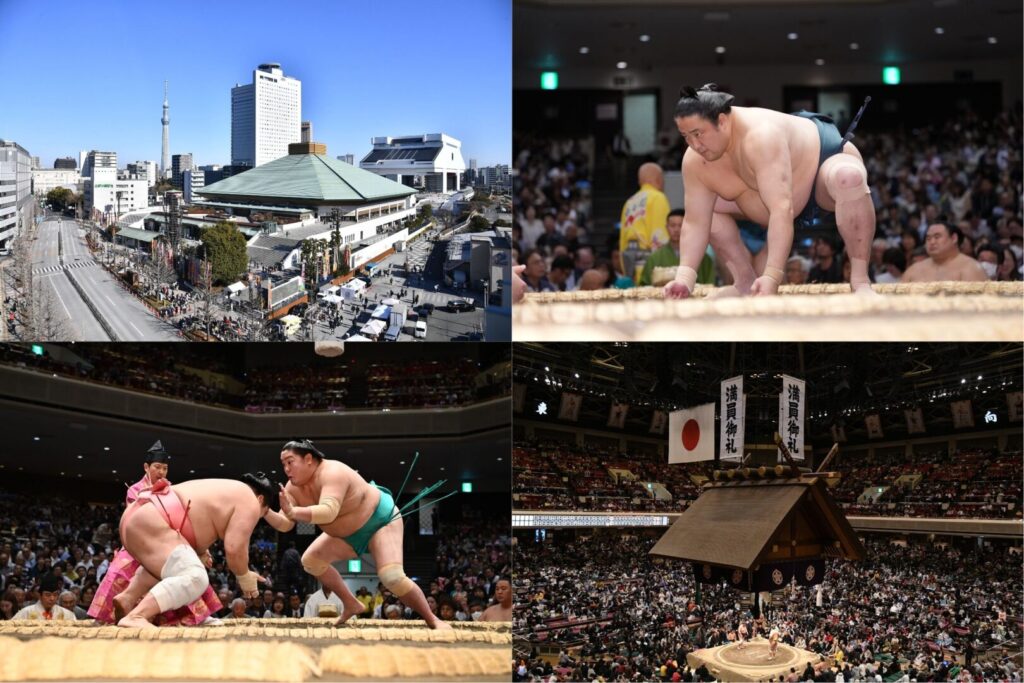
Sumo, Japan's national sport, is a sport where Japanese traditional culture and history can be felt. There should be many people who want to see it in Japan. This article explains what kind of sport sumo is and when and where it is seen, details of the venue and rules of sumo. I want you to use it as a reference when you actually watch it.
Let's go see the Great Sumo!
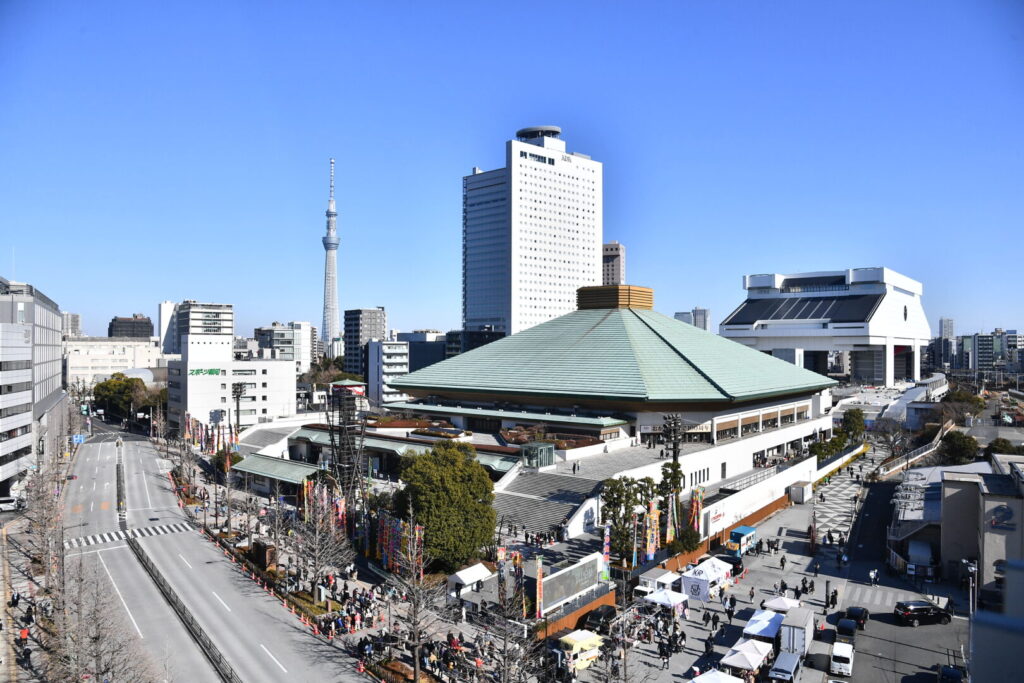
Sumo, Japan's national sport and a long history. It is said that its beginning was around 23 years B. C., the time of mythology. It was initially said to have been carried out to divulge the growing conditions of crops, and what had been a palatine event spread to the entertainment of the common people over a long history. During the Grand Sumo Tournament site, which is six times a year, many sumo fans walk to the venue, and it is also broadcast on television. Even if you want to watch the Great Sumo Tournament, you can't watch it unless you check when and where it's being done, because it's not done throughout the year. First of all, let's check when and where the Great Sumo will be held. All the places of the Great Sumo are held in odd months, and the schedule is as follows.
| January location (first place) | March Place (Spring Place) | May place (summer place) | July place (Nagoya place) | September Place (Autumn Place) | November place (Kyushu place) |
| Tokyo | Osaka | Tokyo | Nagoya | Tokyo | Fukuoka |
Each location is held for two weeks. During the holding period, the venue will open at 8:00 in the morning (which may vary depending on the location), and the "maazumo (maazumo)" will be performed first, in which sumo will be taken by the wrestlers who will not be listed in the "Banzuki Hyo" representing the strength of the wrestlers. After that, it was started from the efforts of the wrestlers of the "jonokuchi" in the numbering table, and the efforts gradually progressed over a day to the efforts of the strong wrestlers. It is around 15:40 when "Makuuchi Rikishi", including Ozeki, enters the ring. It is a masterpiece that a large number of Makuuchi wrestlers wear beautiful embroidered makeup and rise to the ring. After that, Yokozuna enters the ring, and the efforts of the Makuuchi wrestlers begin. It is before 18 o'clock that the day's efforts are all over, and the "Yumi-Tori-shiki", which pays off the wills of the ring, is held. Many people who watch sumo visit the venue before entering the ring of the makuuchi wrestler, but many fans are eager to enjoy watching the game carefully in the morning.
What is the ranking of the Grand Sumo
"Banzaku" represents the rank of sumo wrestlers in the Grand Sumo, and is divided into 11 positions in total. From the bottom, in order from the bottom, ''unnumbered (bankegai)'', ''jonoguchi'', ''second dan (jonidan)'', ''third dan'', ''makushita'' the wrestlers belonging to the five up to are regarded as "wrestler training staff", "juryo", "maegashira", "komusubi", "sekiwake" "Ozeki" and "Yokozuna" are called "Sekitori". They also refer to "shōyū", "sekiwake" and "ozeki" as "sanyaku" (sanyaku), making them wrestlers who occupy the most important positions after yokozuna. The sumo wrestler's order on paper is called a "ranking table" and can be purchased at the Japan Sumo Association's online store for 55 yen per copy.
Let's know the rules of sumo!
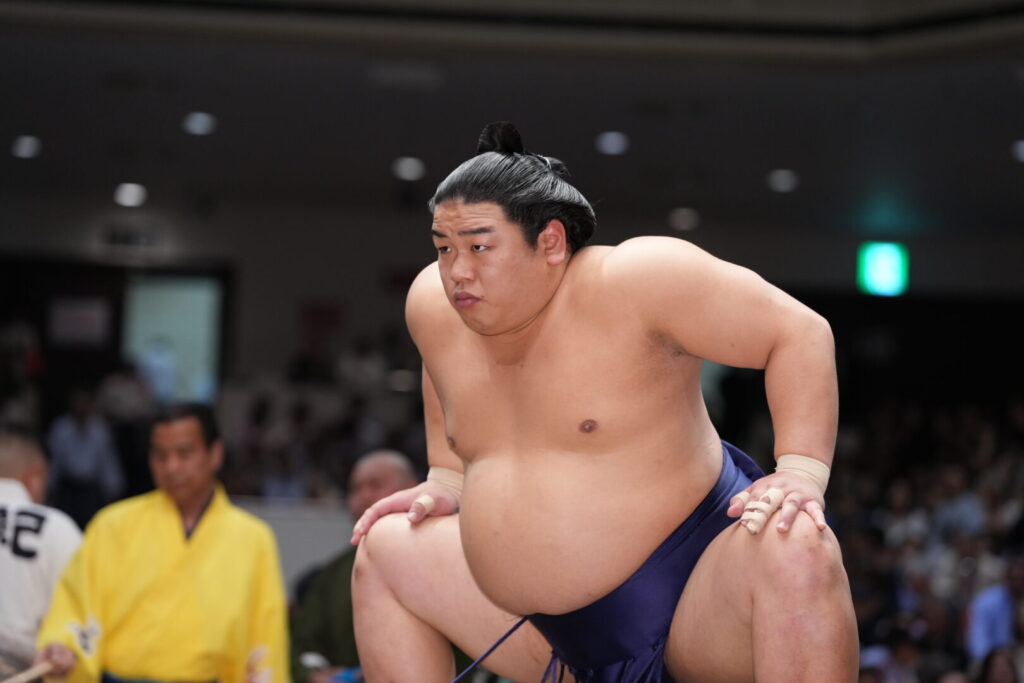
When watching sumo, you may be worried about the wrestler's work. For example, before a wrestler enters the ring, there is a work called "Chishiyozu", who holds his hands in the posture of "squatting", who deeply falls down, applauds, spreads his hands, and returns his palms. But, this is to cleanse yourself after going up to the ring. In addition, ''Shiko'', which steps on one leg by stepping on the earth forcefully, has the meaning of purifying the ring of the ring and praying for the rich harvest. Each work performed by a wrestler is a sacred thing that has the meaning of purifying the place and wishing for a good harvest.
Also pay attention to the work before the effort!
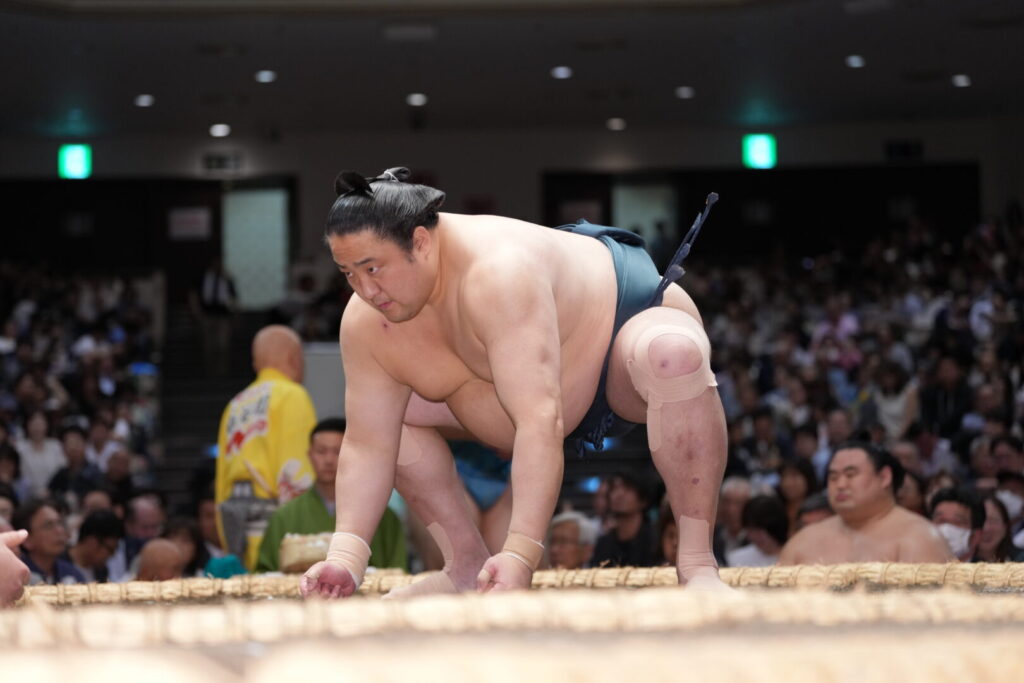
Even after the wrestler enters the ring, there are rules on the action. Two wrestlers rise up on the ring and face each other, holding their hands on the ring across the two "partition lines" in the center of the ring, and standing in the presence. This is a way to see how the opponent comes out and to adjust each other's breathing, and there are various ways to hold it. There is a word "repartitioning" in Japanese, but it is the root of a word that refers to redoing things from the beginning, since the partition is redone from the beginning if the breathing does not fit.
The partition has a time limit, and if you are a makuuchi wrestler, you need to be present within 4 minutes. If you do not breathe in time, you will be "repartitioning".
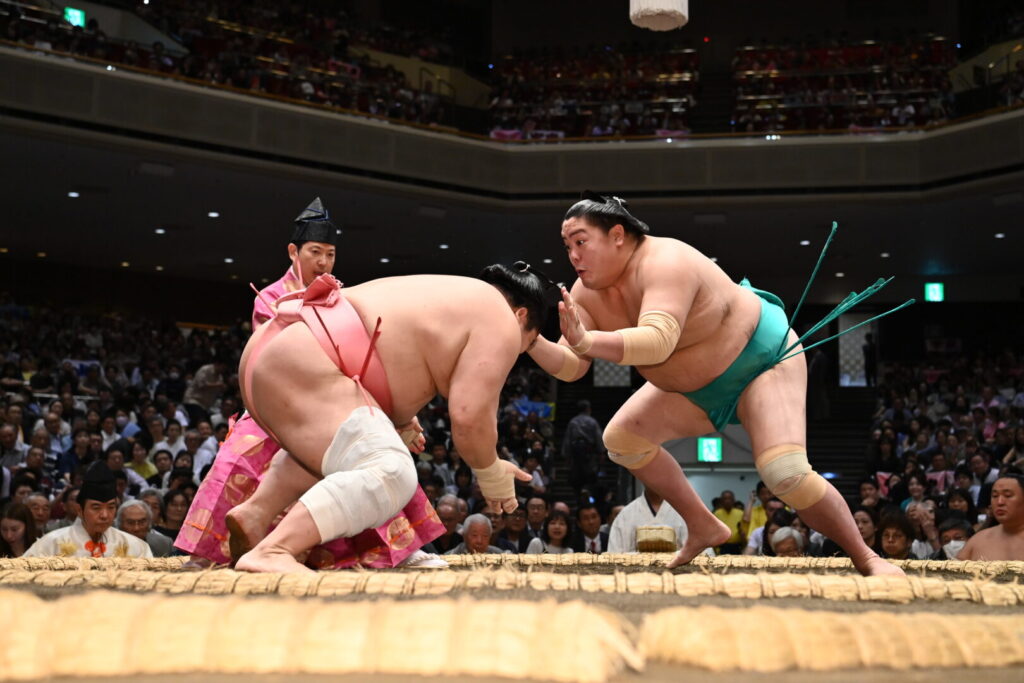
At about the same time as the wrestlers stand, Gyoji (Gyoji), who serves as the referee of the Grand Sumo Tournament and the proceeding, "Hakkeyo!" and the effort begins. The sound of wrestlers crashing into each other in the midst of quietly taut silence is something that can only be experienced in sumo wrestling. The rules are simple enough, and if your feet come out of a bale that goes around the ring in a circle, or if your body part other than your feet gets on the soil of the ring, you will lose. Of course, there is also a "forbidden hand" which is a violation of the rules that should not be done during the effort. The following are prohibited.
- Hit with a fist
- Grab the bun
- I'm going to take a corner.
- Grab the throat
- Kicking the chest and belly
- Grab the front of your opponent's turn
- Put on both ears
- Fingers back
Also, if the front of the mawashi comes off and the pubic area is exposed, the wrestler will be "foul-lost".

When a win or defeat is made, the officer of the broadcaster in the field tells him what kind of technique the wrestler has won, called "jitte". At present, there are 82 moves in the determined hand set by the Japan Sumo Association, to which five non-skills (the result of the game) are added. Typical decisions include "extrusion", "leaning", and "pushing". The 82 hands are also listed on the Japan Sumo Association site, so if you check it out, watching will be even more fun.
Also, it is necessary to be careful because the prohibitions are not only for wrestlers but also for spectators. The following are prohibited by the audience, so let's keep it properly.
- Violent acts such as rants, intimidation, blackmail, intimidation, and violence
- The act of throwing things into the audience or in the room
- Entering a restricted area
- The act of securing more seats than necessary in unreserved seats, etc.
- The act of selling goods or distributing flyers without permission
- Acts that make noise in the place, such as making a loud noise
How to buy a Grand Sumo Games ticket
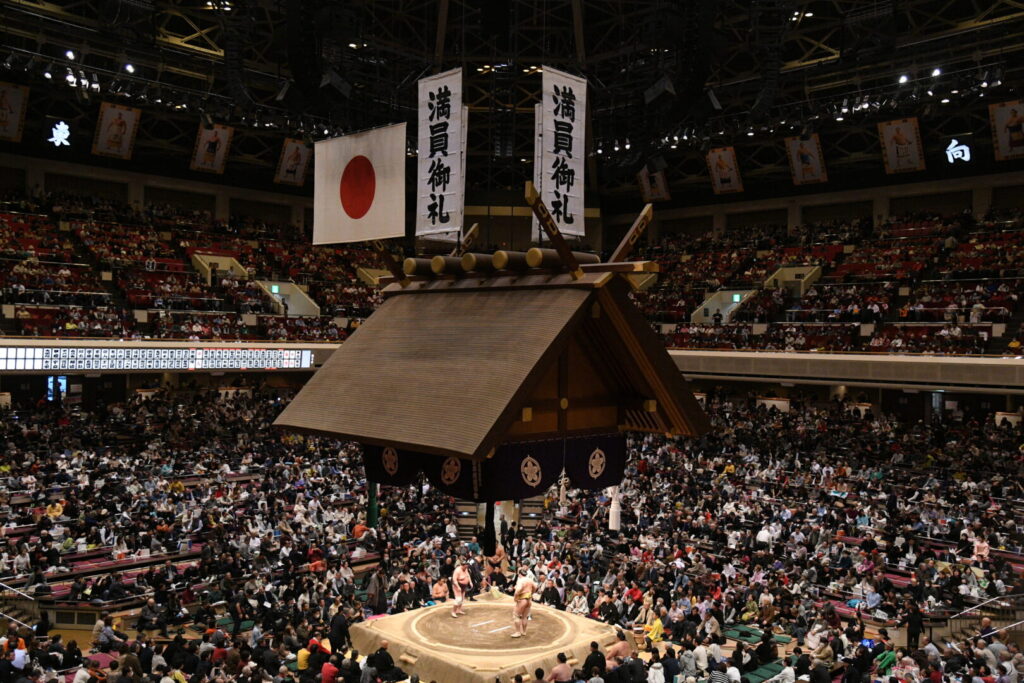
The big sumo is not to say that if you go to the venue when you are doing a place, you can see it as soon as you can at a concert, you need to buy a ticket, like a concert or something like that.Ticket Grand SumoInternet sales and telephone sales on the site, and purchases can be made from the site of the sumo office. There are four types of seats.
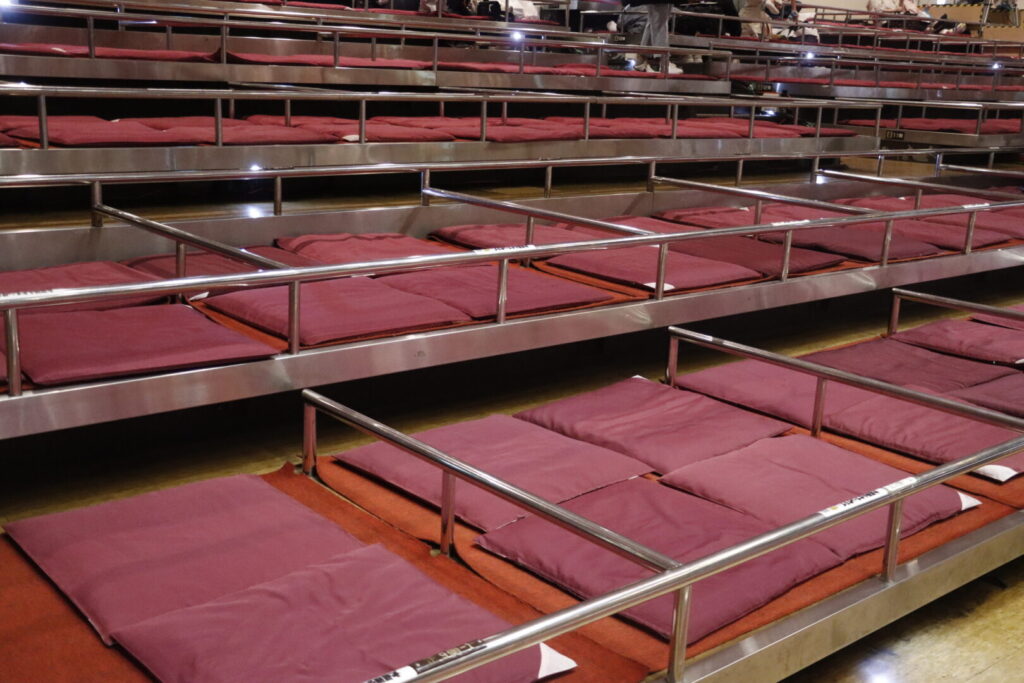
| Reservoir | Because the sand of the ring is so close that it flies, it is also known as the sand cover of the ring, and the seat is 10000 yen to 20000 yen per seat. There is an age limit, food, drink and dangerous items cannot be brought in, and cameras and mobile phones are prohibited and limited, and tickets are expensive. |
| Masuseki (Masuseki) | Seats with four cushions laid inside, which are squared off by a pipe. Can be used for up to six people. 1 square 34000-60000 yen. Other than the Kyushu place, you can book souvenirs and bento when you buy a ticket from the sumo information center called "Ochaya". |
| Chair seat | At the Japan National Sports Museum in Tokyo, it is a second-floor seat. It is divided into four types according to the specifications of the seats, and the price also changes: 4500 to 7000 yen per seat. |
| Box seats | It is a seat built for foreign tourists and can be used by groups of 4 to 5 people. 29200 yen for 4 seats. It is known as a difficult-to-get seat because it is handled only at the sumo information office and the sumo room is kept for patronage parties. Since it is in the back row of the first floor, it is convenient to take an opera glass or something like that. |
How to dress when you go to see sumo?
There is no particular dress code when you go to watch sumo, but it is recommended that you go in easy-to-move clothes because you often sit on a cushion instead of a chair. It is useful to take something that can be woven on top of the temperature and temperature, take off shoes, or take a fan or something like that in hot weather.
It is a great sumo wrestling that has many rules for watching the game, but the simple rules and powerful efforts are something that draws anyone to see. Also, one of the attractions is that you can feel one scale of Japanese culture. I want you to enjoy watching the game by all means.

